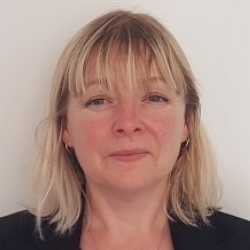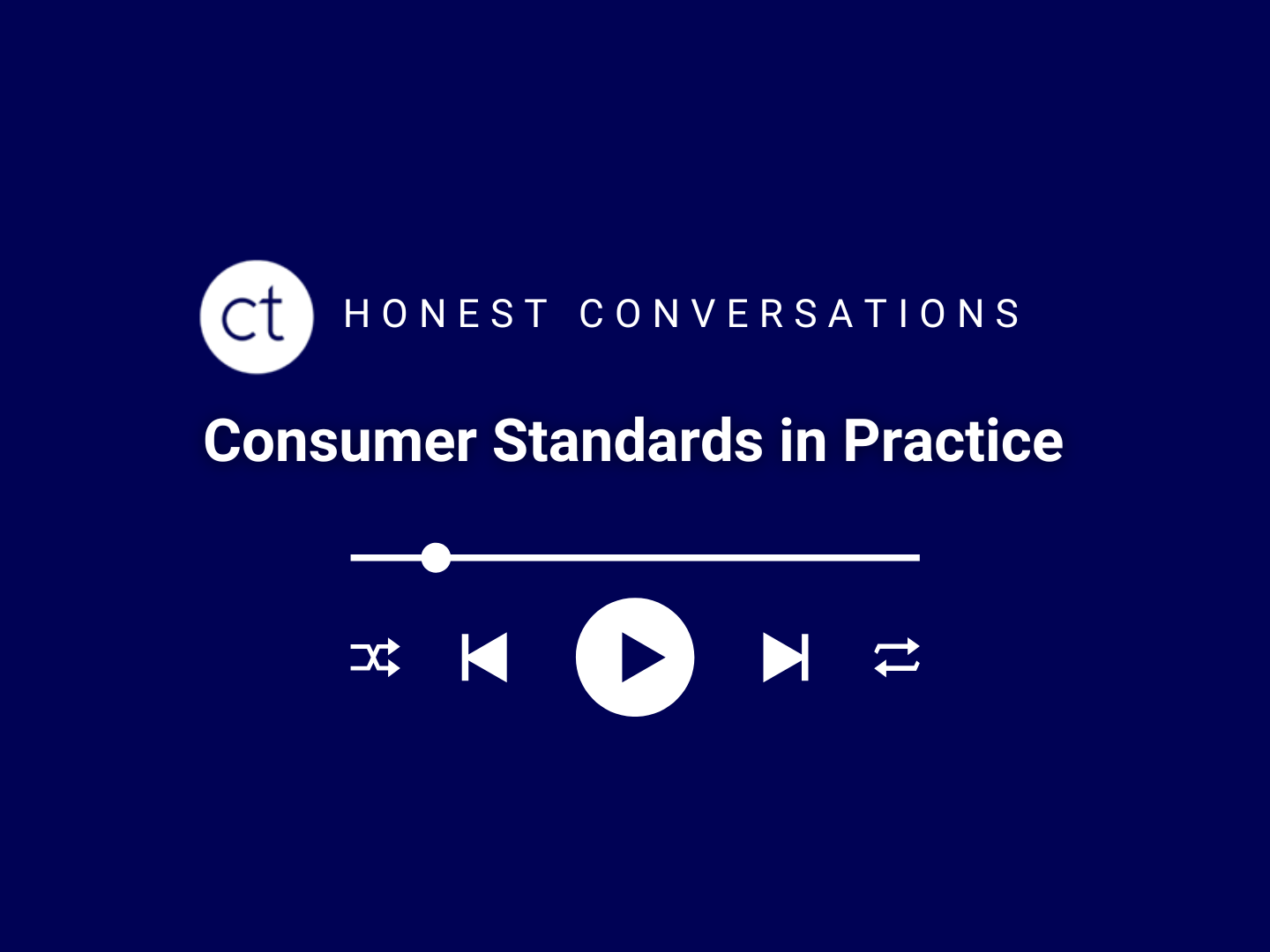CT Consultant, Sarah Loader discusses how to ensure effective board oversight.
Over the last few years, charities have experienced turbulent times, with some high-profile organisations hitting the headlines for all the wrong reasons. Expectations of boards have changed, and it is now more vital than ever that charities create the right conditions for boards to be effective.
The new Charity Governance Code has increased expectations of more rigorous oversight by trustees of what is going on in their charities. For individual trustees, this means that being a well-meaning volunteer who rarely engages with what is going on in the organisation is not enough. Collectively, as the Code places a strong sectoral focus on board responsibilities and compliance, boards are increasingly required to exercise active (rather than passive) stewardship.
But to do this well, boards need the right support and information to allow them to make adequately informed decisions and provide the appropriate level of oversight.
In practice, chief executives and the senior team in a charity often struggle to identify what information the trustees will need to ensure they know about the important issues and can ask the right questions. Equally, trustees may struggle to articulate what they need from staff and how regularly and in what detail they want information.
Common frustrations
From our long experience of carrying out board effectiveness reviews, we have found a consistent list of frustrations articulated by both trustees and senior staff. These centre around the appetite and opportunity for trustees to feel clear about what is going on in the charity and how to really know if the charity is meeting the needs of its beneficiaries. Commons frustrations include:
- Trustees not being involved at an early stage in shaping the strategic direction of the organisation, which means no clear overall view of what the charity should be achieving. This can be because of a lack of time invested by the Board, or senior staff being too keen to shape the strategy to a high degree before involving trustees.
- Not articulating, as an organisation, clear strategic objectives and/or not receiving clear and regular reports as to how the strategy is being achieved.
- Policy issues being developed by staff to such a degree that by the time they reach the board, there is little opportunity to influence their direction. This can be because senior staff find that trustees don’t have the time to engage at an early stage, or that agendas don’t allow space for more strategic discussions.
- Lack of clarity in the organisation as to who is responsible for decisions and actions and in what circumstances.

- Late board papers, which means that trustees don’t have time to effectively consider and scrutinise information and board packs that contain inconsistent and partial information.
- A lack of clarity in board papers about what trustees are being asked to do with the information they receive.
- No clear picture of how different board papers fit with the overall strategy of the charity or how they link with key performance indicators.
- Little information on how previous board decisions have been implemented.
- Financial information being so in-depth that trustees without a finance background are unable to identify what are the key issues. Sometimes this can come about because the board do not articulate clearly enough to staff what information they would like to see.
- Lack of clarity of what is expected of trustees in their role. This can sometimes lead to trustees being wary about stepping on the toes of the senior team, or staff finding that trustees do not give time to understand or engage with the work of the organisation outside board meetings.
Top tips for good board oversight
The following actions can help create the conditions for trustees to have a good oversight of the charity, enabling them to support and challenge staff effectively and make well-informed decisions:
1. Trustees taking the lead in the development of strategy as co-creators with staff and other stakeholders: Hold a board away day at the start of the process of drawing up your strategy so that trustees can help to shape a shared view of where they see the charity going in the next three to five years.
2. Trustees ensuring that there are clear objectives that are reported against regularly: Trustees should articulate these objectives as part of agreeing the overall strategy and then commission staff to propose KPIs that allow for clear and regular reporting on progress to the board. This could be monthly or in the form of a CEO report at board meetings. Consider reporting by exception so that deviations from expected performance are highlighted. Some boards find a traffic light system helps to identify where they should focus their attention.
3. Draw up a board paper template or cover sheet: Take time at a board meeting to find out from trustees how they want information presented to them and how regularly they want to be updated. Template board papers would usually cover:
- What the key issues are (keep this to three or four paragraphs at most); the different options;
- What the board are being asked to do with the information (for decision, for information, for further discussion etc.);
- How the issue fits in with the overall strategy;
- The risks and how these will be managed;
- What impact it will have on resources/staffing, diversity, environment, stakeholders etc;
- Some background (If you are including in-depth facts/figures put these in an appendix) and what professional advice has been sought.
4. Ensure board packs are circulated in good time: usually, a week in advance is helpful with “on the day” information kept to a minimum.
5. Trustee roles and expectations to be clear from the start: When appointed, ask trustees to sign up to a clear role description that contains clear expectations as to what time they need to give to the charity and in what capacity. For example, regular visits to projects, involvement in charity events, training days or sitting on committees. These opportunities, outside of board meetings, help to give trustees a more rounded view of what is going on in the charity and help inform them of what questions they need to ask about performance.
6. Agree on a clear framework of delegations and report back: This helps everyone to decide when information and decisions need to go to the board and when management can deal with it more effectively. It also provides clear information on how decisions taken outside of the board are reported back to them.
7. Allow time for trustees to evaluate their own performance as a board and as individual trustees: Give space to the board to reflect on whether they are getting their oversight role right and, if not, what they need to do to allow them to do this more effectively. It is not always easy to carve out time for self-reflection, but it can pay dividends in the future if trustees can think about how they have performed and how they can improve.
Putting in place effective systems and approaches to allow the board to have oversight of the organisation is not always easy and requires time and effort from both the board and staff. But, if you get this right, it can help to create a high functioning board that adds value to the charity and supports everyone to achieve the best outcomes.
To discuss this article contact Sarah Loader on: sarah.loader@www.campbelltickell.com
This article originally featured on Acevo’s website



